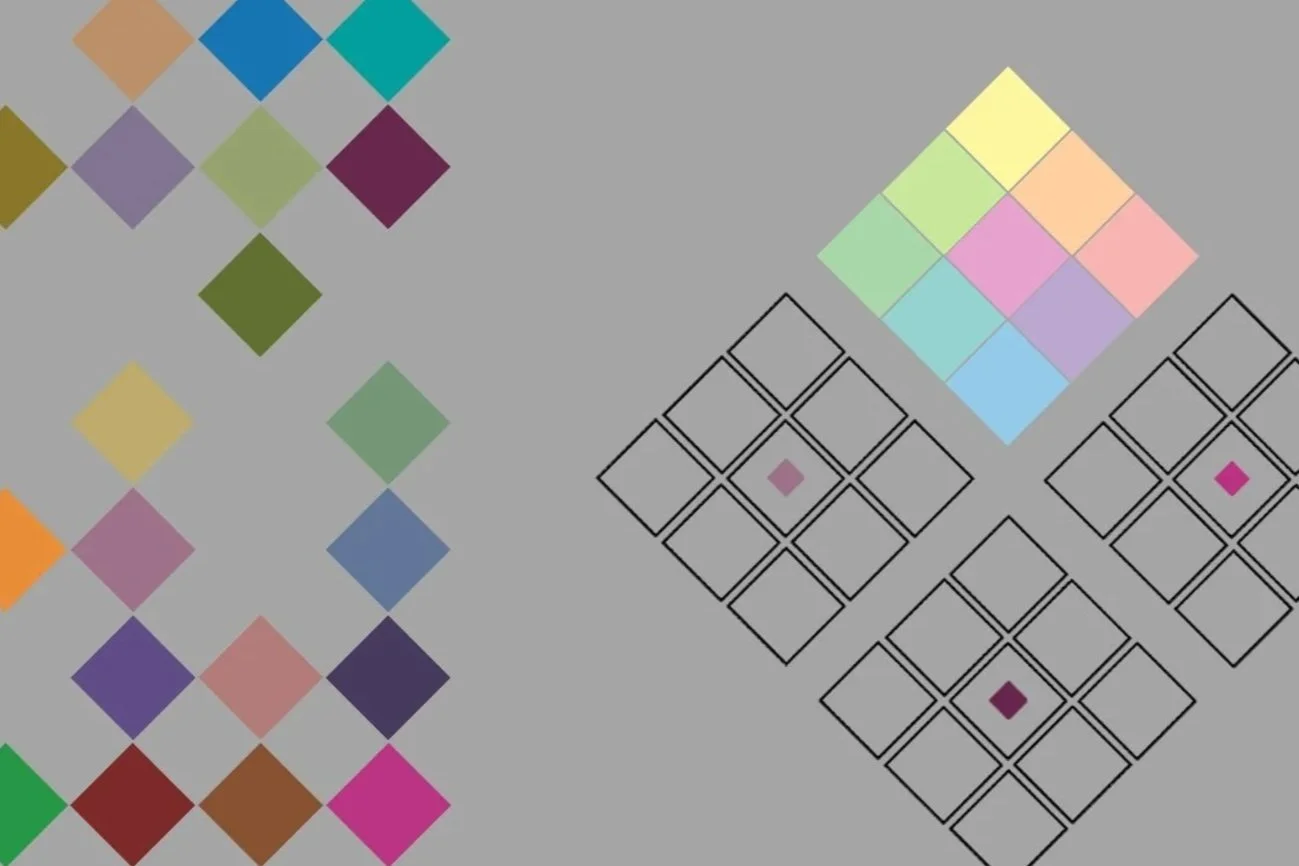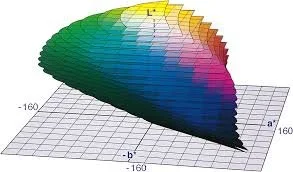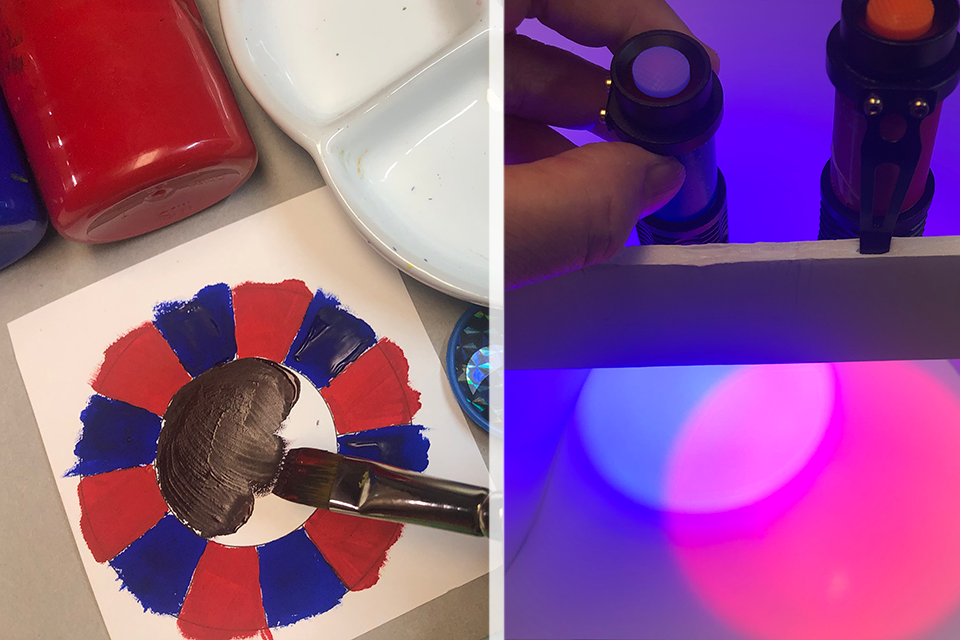CLP Colour Fundamentals
Cornerstone Pathways
Beta-Testing 2026: Key Exercises
The 2026 beta-test curriculum consists a scaffolded pathway based on the CLP Cornerstones. Each section includes three sets of exercises - the ABCs - that introduce fundamental colour concepts related to each cornerstone.
The Cornerstones Pathway includes the key hands-on exercises that we would like you to beta-test with your students and then provide feedback. In addition to the key exercises, there are optional supplementary exercises that can be done in class or at home to help reinforce the concepts.
EXPERIENCING COLOURS
Colour is an essential part of our lives.
Swatch Safari
Colour Diary
Scavenger Hunt
Surrounded by Colour
Naming Game
Living in Colour Quiz
Our emotional responses to colour are complex.
Character Associations
Colour/Emotion/Faces
Mood Clock
Divers Color Compass
Colour is an essential part of our lives.
DESCRIBING COLOURS
Colours can be described by their hue family and character.
Free Sort
Hue Families Sort
Characters Sort
Hue Families Model
Household Sort
Odd One Out
Colour organization is 3D.
Achromatic vs Chromatic
Lightness/Value Sort
Chroma Sort
Lightness/Chroma Model
PERCEIVING COLOURS
Light is key for colour.
Lights On and Off
Orange Cube
Colour is a perceptual experience.
Examining the Spectrum
Expanding the Spectrum
Non-Spectral Colours
Coloured Light Sources
Afterimages
Blind Spot
Colours are contextual.
Koffka Ring
Munker-White Illusion
Simultaneous Contrast
Changing Spatial Contexts
WORKING with COLOURS
When we mix coloured media, the resulting mixture depends on the process.
Colours communicate.
Mixing results depend on the process.
Compare Red+Blue Mixing Processes
Simple Additive Mixing
Subtractive Mixing Media
Colours communicate.
Squares and Diamonds
Compare Complementary Systems
Mixing results depend on the process.
NOTES:
1. The exercises can be done back to back or mixed and matched depending on where colour fits into your curriculum planning.
2. All the exercises can be modified to make them age appropriate for your students. We welcome your suggestions for variations on the exercises depending on age and abilities.
3. We encourage you to share how you expanded on/customized the exercises for your students.
See FAQ entry: Can the exercises be adapted for students with limited colour vision?





























